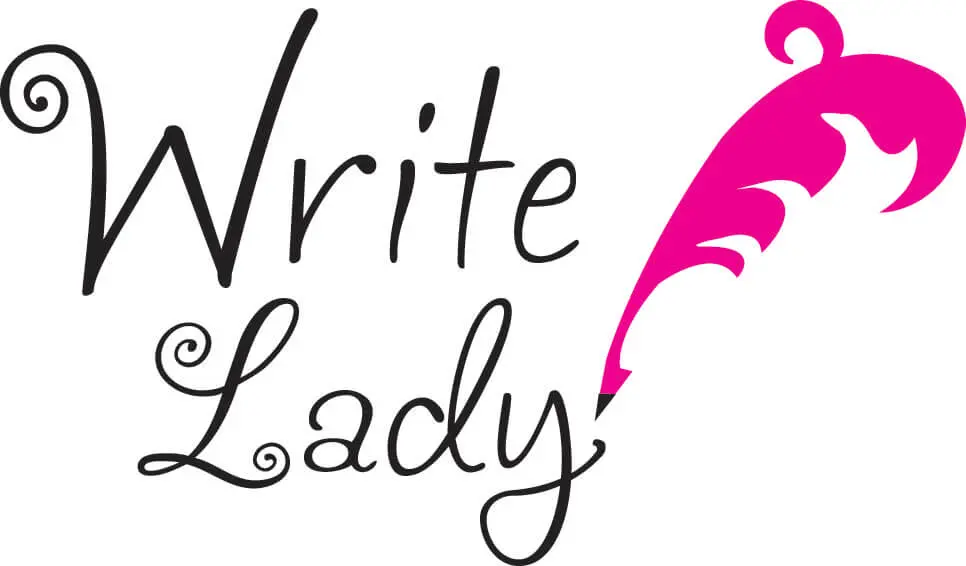Who hasn’t been challenged to produce a certain number of written words or to speak for a specified length of time?
- A one-page sales letter
- An essay of 1,500 words
- A personal statement within a range of words for a medical school’s application
- A best man’s three-minute speech and toast for the wedding reception
- A 30-second promotional video
- A one-hour lecture
Computational Mind Games
Meeting minimal requirements or adhering to restrictions can divert even the skilled writer or speaker’s attention from communicating to computing. The frustrations are often multiplied times two: 1) the creative process is more arduous, and 2) the extra effort is not apparent in the final product.
Kate: “Bob worked on that toast for days and days.”
Kevin (thinking): Days and days? The few words he said were fine but hardly memorable.
Craig: “Macie’s report was thorough.”
Caroline (thinking): She stated the same reason six different ways.
Either perceiving there’s too much space one must fill or there’s too little room allowed can be daunting, even paralyzing. Therefore, having learned from experience, I am happy to share an efficient approach that might seem counterintuitive but eases the task and yields quality results.
Counterintuitive Game Changers
- When beginning with too little material to fill the space, start small.
- When beginning with too little space for all your material, start big.
Starting Small
When struggling to cover a topic in depth, start with the initial spark of an idea and start writing. The objective is to engage the brain. Work with the information you have and don’t worry about what you’re lacking. Beginning the process without concern for how you’ll fill the great void (or noticeable gaps) will help push interfering thoughts aside and clear a pathway for inspiration to flow.
If the struggle continues, consider the following solutions:
A. Gather more information.
The need, varying by project, might require talking with one or more people who can offer perspectives and/or conducting other types of research.
B. Scrutinize the main topic or the premise.
A straightforward assessment should indicate if the subject matter or the tactical approach lacks adequate depth and/or veracity, requiring a new strategy.
Caution: Avoid adding filler—e.g., convoluted sentences to increase the word count, repetitive examples and explanations, and off-topic material—to meet the quantity requirement.
Starting Big
The benefit of ignoring boundaries and starting big—i.e., getting everything on paper—frees you to write now, edit later. The mission is to concentrate on releasing, not withholding.
When a fruitful session produces too much content, consider the following solutions:
A. Devise a manageable formula to reduce the word count.
For instance, if cutting 1,000 words from a 2,000-word report seems overwhelming at first, aim to take away 10 percent (200 words) on the initial review. Repeat the process over additional rounds of editing until reaching the goal.
B. Scrutinize the content to decide what can/should be removed or restated.
Objectivity usually reveals what doesn’t belong, such as information that is incompatible with the premise or purpose, points that belong in separate communications, and parts that require fewer details.
Caution: Avoid removing elements that might be essential for context (understanding) and flow (following along).
Certainly, time and space rules are sometimes arbitrary and/or inapplicable to a topic, audience, medium, etc. If you request a change to the rule or defy it without asking, strive to exceed expectations by providing stellar content and delivering it well.
Sallie W. Boyles, a.k.a. Write Lady
Thoughts or questions? Please contact Sallie Boyles, owner of Write Lady Inc., to exchange ideas about effective communications and gain from professional writing and editing services. Receive monthly tips and insights by subscribing at https://WriteLady.com.
